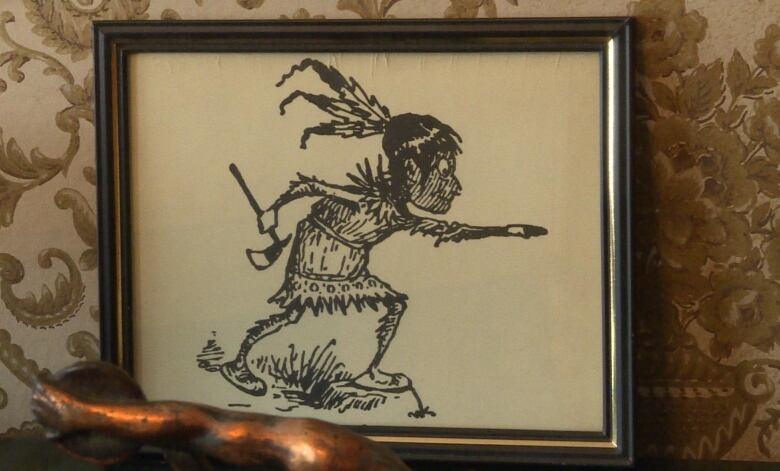A castle fit for a Brownie: Historic home in Granby goes up for sale
Brownie Castle was built by illustrator, poet Palmer Cox in the early 1900s

In the market for a castle? Look no further than Granby, Que., and you'll find Brownie Castle, a sprawling historic home on Elgin Street that's now listed for $425,000.
Built by illustrator and poet Palmer Cox around 1904, the castlefeatured17 rooms.
It has nowbeen divided into a triplex, and comes complete witha few mischievous spirits.
Books sold a million copies
Cox, who was born in Granby, wasthe creator of The Brownies series of books and poems.
Brownies are mythological creatures from Scottish folklore and Cox's storieswere wildlysuccessful at the time, selling arounda million copies.
Cox said the "brownies, like fairies and goblins, are imaginary little spirits, who are supposed to delight in harmless pranks and helpful deeds. They work and sport while weary households sleep, and never allow themselves to be seen by mortal eyes."
Cox has since been called the "Walt Disney of the Victorian era."His headstone in the Notre-Dame-de-Granby cemetery in Granby depicts a Brownie and reads "In creating The Brownies, he bestowed a priceless heritage on childhood."

Politically incorrect, but profitable
Each Brownie had a distinct appearance, and Cox has beencriticised in more recent yearsfor those depictions. One Brownie is shown as a Chinese peasant and speaks with a stereotypical accent, another shows a Brownie carrying a tomahawk and feather headdress.
According to historian Cecilia Capocchi, who studied the work of Palmer Cox and is part of the Haute-YamaskaHistorical Society, The Brownies, even with the stereotypical illustration of minorities, portray a sort of utopian society.
"Despite their cultural or national differences, there were no problems with living together. They lived in total harmony," she said.
Cox was one of the first artists to embrace merchandising and lent the Browniename and image to toys, cigars, carpets, dishes and, most prominently, Kodak's Brownie Camera.

Seeking recognition
With the profits from his books and merchandise, Cox was able to build Brownie Castle to his exact vision, including a four-story octagonal tower with battlements, a Brownie-themed stained glass window and a home studio that he would work out of called "Brownieland."
Capocchi said the home became a bit of a local attraction.
"Many kids visited him here at Brownie Castle, and he welcomed all of them. Everyone knew about the Brownie Man."
Cox died in the home on July 24, 1924.
Caoicchi and the historical society launched a petition last November asking that the provincial government recognize Palmer Cox as a person of historical significance.
So far they've collected just under 200 signatures.

With files from Claude Rivest












_(720p).jpg)


 OFFICIAL HD MUSIC VIDEO.jpg)
.jpg)



























































































